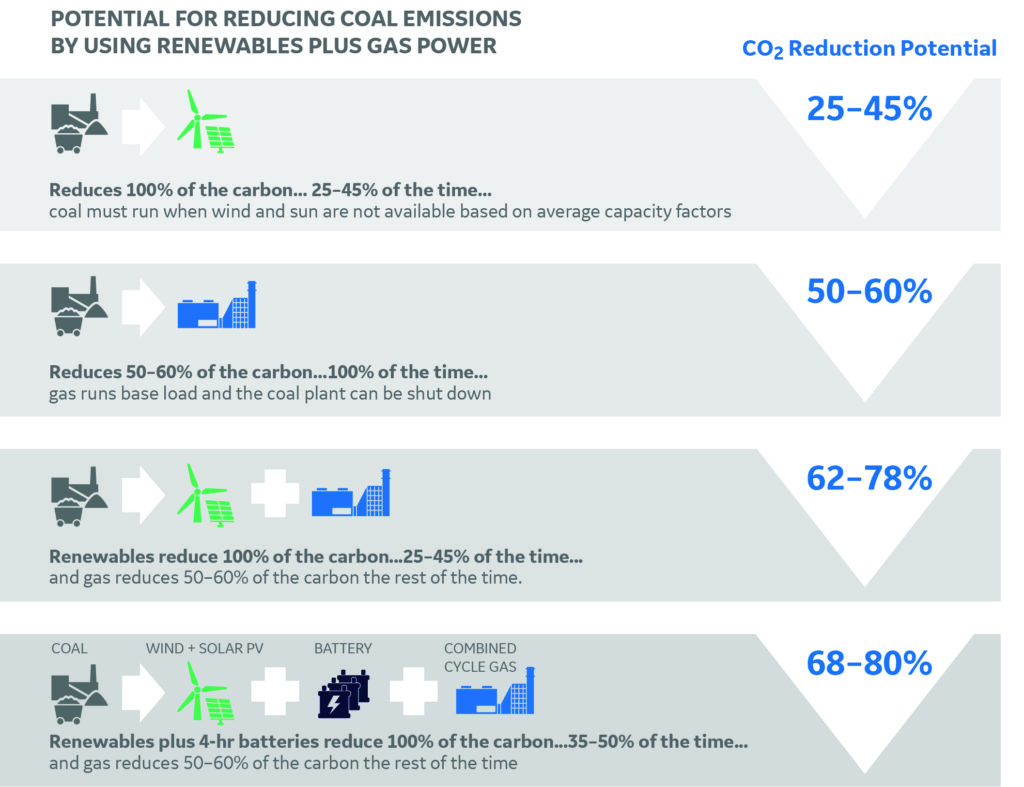Rystad Energy, an independent energy research and business intelligence company that provides data, tools, analytics, and consultancy services to the global energy industry, organized and hosted the “Energy Transition Marathon” last May. The virtual event addressed the future of the global transition through 2050 and beyond in seven well-documented video sessions. Two sessions stood out for their impact on the power industry.
Global Energy System
The program began with a presentation on the “Global Energy System,” a complicated network that includes solar and wind at one end of the spectrum and natural gas, oil, and coal at the other. Rystad’s global predictions for renewables are nothing short of disruptive: from 7% now to 18% in 2030 to 48% in 2040 to 74% in 2050. The trend in electrification is also startling. Experts said 23% of global energy is electricity today but this will be 73% in 2050 (electricity plus battery storage). We will live in an electric world. Most interesting is that 64% of energy is globally traded now (the rest is locally traded) but this will become 24% by 2050. The energy market as we know it will be deglobalized.
For wind and solar, global investments in energy infrastructure (upstream and downstream) will be large through 2050. But they will not be much different from two recent examples of intensive growth in fossil fuels—the growth of coal power plants in Asia from 2000 to 2019, and the shale revolution in the U.S. from 2008 to 2014. Rystad argued that if an effort similar to the shale boom were directed at wind and solar it would yield 230,000 small solar PV plants (10 MW to 15 MW), each costing $6.5 million (plus a similar downstream cost of grid and batteries) that would amount to a total of 2 TW to 3 TW installed. Rystad made the transition numbers for renewables seem reasonable and attainable.
Rystad also said global electricity generation from coal peaked in 2020 and will follow a rapid decline through 2050. However, China and India aren’t expected to peak their coal usage before 2025. Still, Rystad predicts coal usage for power plants will end globally by 2065.
CCS, Batteries, and Hydrogen
Carbon capture and storage (CCS), batteries, and hydrogen support systems are enablers for the energy transition, according to Rystad, who anticipates vigorous growth for all three.
Batteries. Batteries are the most important of these support systems because they are an essential part of the electrification of power plants, industry, and buildings. Batteries provide stability and reliability when wind and sun go offline. Demand for batteries is forecast to take off like a rocket after 2025.
Battery usage is obvious in cars and other electric vehicles (EVs). Large-scale grid batteries—some huge in size and capacity—are also important. South Australia (SA) offers an interesting example of a region with greatly expanding battery capacity. Although SA is a very small state, it has the highest percentage of renewable electricity in the world (60%), as well as one of the largest installed battery systems in the world. In SA, six big batteries are operating, another three await commissioning, and more than 20 others have started construction or are awaiting approvals.
Big batteries are cheaper now and are growing faster than car batteries. However, raw battery material constraints are likely by 2030, according to Rystad, especially lithium, manganese, silicon, and phosphorous—another wrinkle for the future.
CCS. Today, total global CO2 emissions are about 40 gigatonnes/year (Gt/year). Rystad said about 8 Gt/year (20%) of this will need to be stored deep underground in safe geological layers to meet the net-zero goal of 2050. Some of the leftover CO2 will come from remnant fossil power plants, transportation, or hard-to-abate industry processes like cement, chemicals, and metals such as steel. Some of the CO2 will be directly removed from the air.
CCS in 2020 stored only a puny 40 megatonnes (Mt) of CO2. Rystad predicts it will need to be 400 Mt/year by 2030, an increase by 10 times, and 8,000 Mt/year by 2050—a total increase by 200 times. The numbers are staggering. This would represent 20% growth in CCS year-over-year, and to make it happen, the CCS industry would end up as big as the present-day oil and gas industry, according to Rystad.
Hydrogen. Rystad suggested that liquid hydrogen and derivatives will be 7% of energy in 2050—in the form of aviation and shipping fuel, and manufacture of metals and chemicals (fertilizers and plastics). Hydrogen production will need electricity for both green (via electrolysis) and blue hydrogen (via decomposition of natural gas), while the latter will need CCS to get rid of the CO2 byproduct.
Cost of production of green hydrogen is several times that of blue hydrogen, largely because of the higher cost of renewable electricity and electrolysis. Hydrogen is expensive now. Although prices will come down over time, it seems a case of too little too late for other than niche applications.
—Ian Palmer, PhD is a petroleum engineer and consultant. He is the author of The Shale Controversy, and has worked at Los Alamos, the U.S. Department of Energy, BP, and Higgs-Palmer Technologies.











